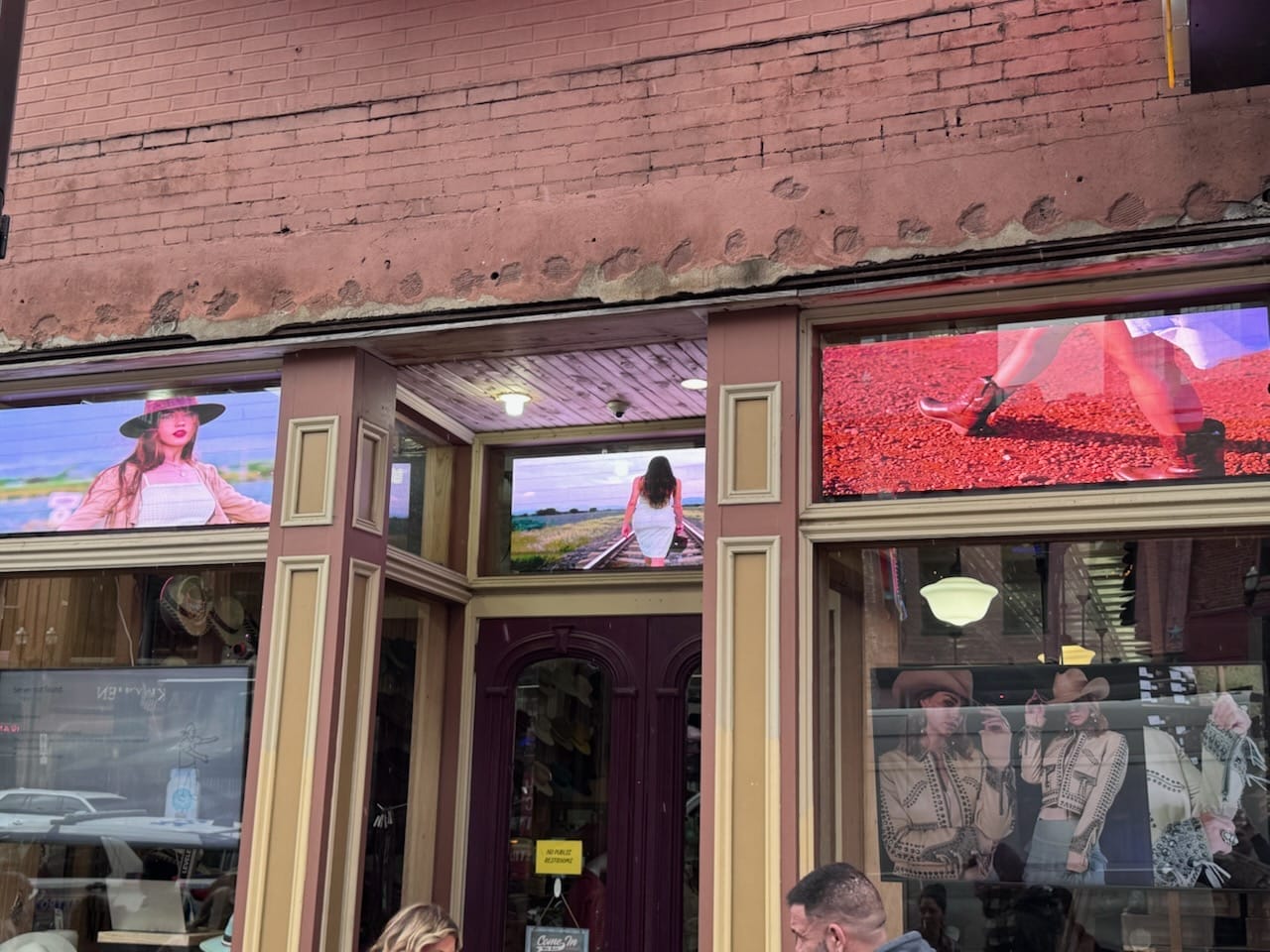In a world where screen time rules our lives, LED displays are beginning to reclaim physical space. The latest Omdia report shows the global LED video display market grew 6.2% year-over-year in Q2 2025—a solid growth rate for what many consider a mature technology.
That number isn’t just good—it’s meaningful. It tells us that organizations aren’t scaling back on visual comms; they’re leaning into it.
Behind that growth are more than just screens. It’s about clarity in sunlight, seamless modular expansion, performance that doesn’t fade over time, and displays that move with you—not the other way around.
This article digs into why that 6.2% matter and what it means for your next LED project.
LED at Work
See How Purdue University Used LED in Their Brand Studio
LED is Evolving: Better Products, More Accessible Technology
A decade ago, LED video walls were reserved for massive events and enterprise-level budgets. But like most technologies, LED has steadily improved in both performance and price point. Today, manufacturers offer fine-pitch, high-resolution panels that rival TVs and monitors in quality—but scale up to massive dimensions, without the bezels or short lifespan.
At Firefly LED, we’ve seen this firsthand. Customers are now expecting better color accuracy, smoother refresh rates, and more versatile mounting options. And they’re getting it. With indoor LED and outdoor LED series designed for everything from boardrooms to stadiums, the days of one-size-fits-all are over.
Demand is Driven by Real-World Use Cases
The Omdia report notes a particular uptick in demand from the retail and public space sectors. That aligns with what we’ve seen: organizations are using LED to create immersive, flexible, and often mobile visual experiences that adapt to their environment.
Some use cases driving this demand:
- Retailers are using indoor LED to highlight promos or window-facing LED to draw in new foot traffic.
- Campuses and municipalities are replacing printed signage with weather-resistant outdoor displays.
- Houses of worship is upgrading projector systems to LED walls with greater visibility and reach.
- Event producers are deploying mobile LED displays for flexible staging and dynamic branding.
Scalability and Longevity Beat Short-Term Screens
One of the reasons LED is seeing sustained growth—even without splashy headlines—is because it solves real pain points. LED displays are modular, built to last, and easy to service. That gives them a long-term cost advantage over short-lived TVs or complicated projector setups.
When schools or venues invest in a high-quality LED wall, they’re buying 100,000+ hours of performance, with no bulbs to replace and no bezels to distract. Plus, LED walls can be resized or relocated over time—adding to their flexibility and appeal.
The Future is Now
While LED display growth doesn’t make front-page news, the 6.2% market increase reflects a healthy shift: more organizations are seeing LED not as a luxury, but as a long-term visual solution that blends function with impact.
From signage and scoreboards to backdrops and branding, LED is becoming an expectation in modern spaces—and the technology continues to deliver.
If you’ve been watching from the sidelines, now might be the time to step in.





